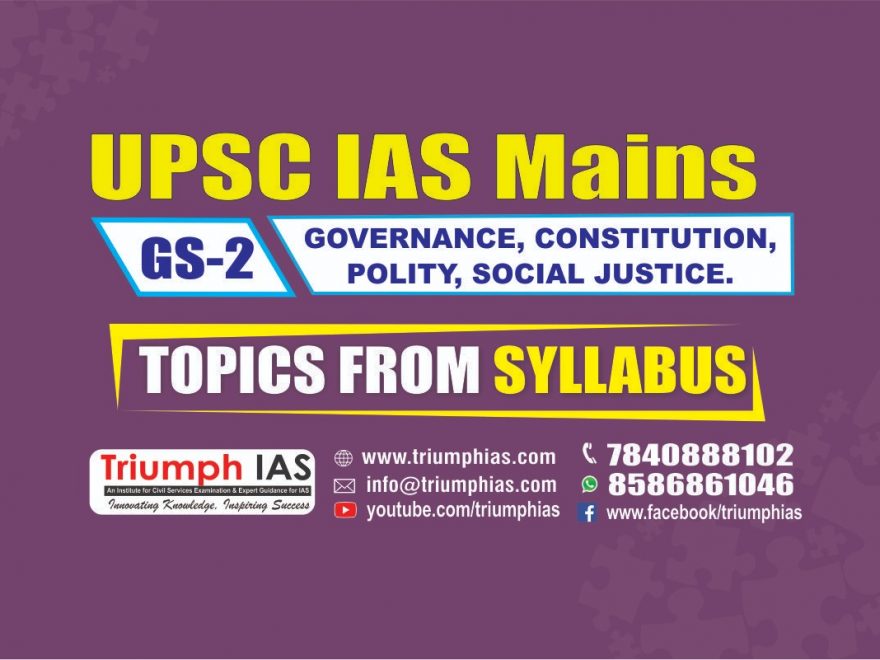Relevance: mains: G.S paper II: Governance
What are the steps taken by GOI to promote maximum governance with minimum intervention?
- To achieve this, the Digital India Programme of the Government is playing an important role in empowering citizens.
Through the application of digital technologies, the Government is undertaking specific initiatives to improve the delivery systems to ensure that the benefits of the welfare schemes of the government reach directly to the targeted beneficiaries, including the poorest of the poor in a convenient manner without any pilferage.
- The combination of Jan dhan bank accounts, mobile phones and digital identity through Aadhaar i.e. JAM trinity is helping the poor to get benefits directly into their bank account.
- DBT brings in efficiency, effectiveness, transparency and accountability in the Government system.
- Common Services Centers (CSCs), as Digital kiosks, are providing more than 350 types of services to citizens in rural areas.
- CSCs are a unique PPP model where micro-entrepreneurs are creating sustainable livelihoods and bringing about a digital revolution in the villages of India.
- The world’s largest digital literacy programme, Pradhan Mantri Gramin Digitat Saksharta Abhiyan (PMGDISHA), is bridging the digital divide and helping people to access benefits of the digital world.
- So far, 2.2 crore persons have been imparted digital literacy under the programme.
MyGov is an example of the Government’s commitment towards participative governance, bringing citizens and Government closer to one another by democratizing the decision making.
- Today, MyGov has over 80 lakh users and over 2 lakh submissions have been made in 815 tasks.
- The BPO movement for smaller towns with 219 BPO units functioning across 97 small cities and 27 States and UTs is facilitating a balanced regional growth, and creating job opportunities in small towns.
- The experience of UPI has transformed the digital payment ecosystem in a span of two years, various private players are on-board on unique payment platform that is not only eliminating friction of cash from economy but also creating a new ecosystem for new business models, such as flow-based lending, credit scoring, insurance writing etc.. providing sustainable solutions to serve the needs of the citizens.
- Government e-Marketplace (GeM) is attempting to increase the efficiency in public procurement by increasing transparency through an online platform for sourcing.
- This platform is acting as a single localized national market under one roof where all buyers and sellers can interact and carry out their business across the country regardless of their geography, making GeM a truly digital tool of empowerment and entrepreneurship.
- To leverage Artificial Intelligence and related emerging technologies in the interest of citizens and businesses, a National Programme on ‘Artificial Intelligence’ has been envisaged, to be catalyzed by the establishment of National Centre on Artificial intelligence as a hub along with Centers of Excellence.
- The National Policy on Electronics, 2019 aims to further promote domestic manufacturing and export to achieve a turnover of approx Rs. 26 lakh crores by 2025.
- The UMANG App was launched which aims to bring 162 government services on a single mobile app, with a larger goal to make the government accessible on the mobile phone of our citizens.
- Digi Locker serves as a platform to enable free of cost unlimited digital space offered to citizens to securely store and share their documents with service providers electronically after giving due permission.

